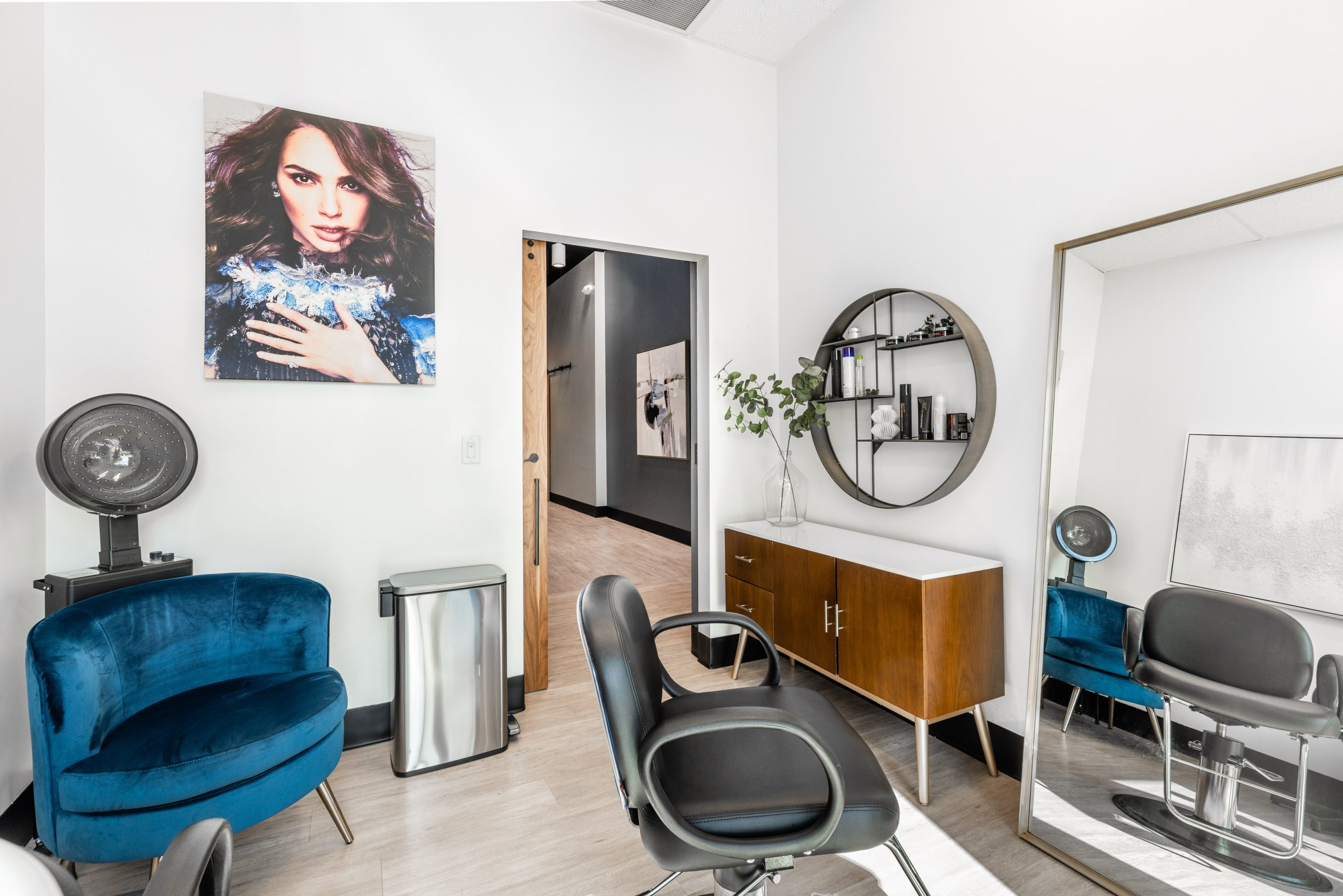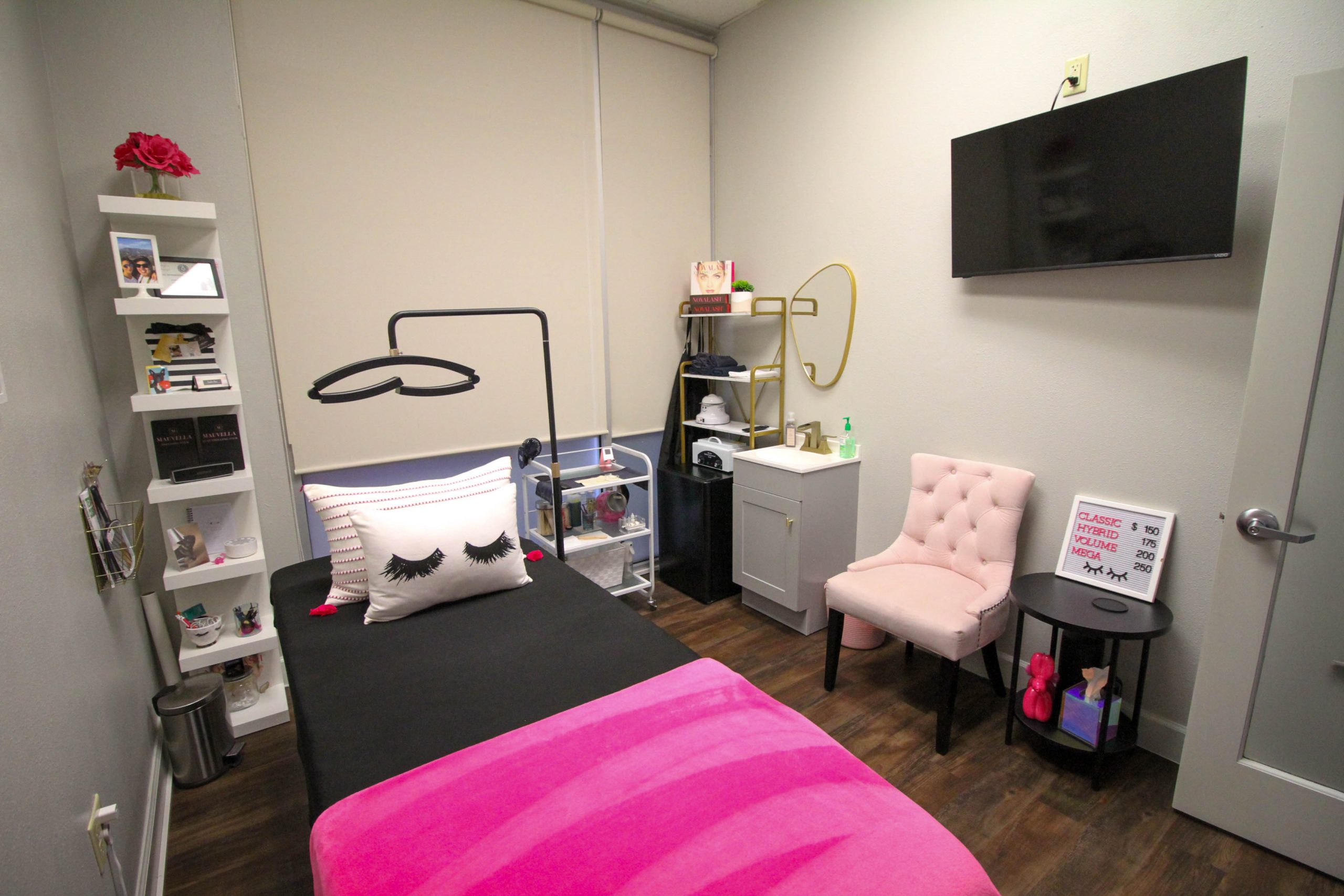Author
adminPublished
Feb th, 2024Category
Blog UncategorizedVisiting a salon is a key step in achieving beautiful, healthy hair, but maintaining that salon-fresh look at home is just as important. Whether your hair is straight, curly, wavy, or color-treated, proper care ensures your locks remain strong, shiny, and manageable. Many salon clients struggle with issues like split ends, frizz, and color fading because they’re unaware of the proper care routines.
At Salons by JC, we believe that salon-quality hair doesn’t stop at the chair. By following the right practices and using suitable products, you can extend the life of your salon treatments, reduce damage, and enhance your natural hair’s beauty. In this comprehensive guide, we’ve compiled 10 must-know hair care tips that every salon client should incorporate into their daily and weekly routines. These tips combine professional insight, science-backed advice, and practical at-home strategies.
Key Takeaways
-
Salon-fresh hair requires daily care and attention.
-
Heat, environment, and improper products are the main causes of damage.
-
Regular trims and deep conditioning treatments maintain strength and shine.
-
Choosing the right products and tools ensures long-term hair health.
-
Understanding your hair type and lifestyle needs leads to better results.
1. Choose the Right Shampoo and Conditioner
Your hair type determines the best products for you. Using the wrong shampoo or conditioner can lead to dryness, oiliness, or weighed-down hair. Here’s how to select the right products:
-
Fine Hair: Lightweight, volumizing formulas that won’t flatten strands.
-
Thick or Coarse Hair: Moisturizing shampoos and rich conditioners to combat frizz and dryness.
-
Curly Hair: Sulfate-free, hydrating formulas that define curls without stripping moisture.
-
Color-Treated Hair: Products designed to preserve color and prevent fading.
Pro Tip: Always check the ingredient list. Ingredients like argan oil, shea butter, and keratin can provide additional nourishment and repair. Consult your stylist for product recommendations tailored to your hair type and goals.
2. Limit Heat Styling
Heat styling tools—flat irons, curling wands, and blow dryers—can cause significant damage when overused. High temperatures can break down hair protein, leading to split ends, dryness, and breakage.
-
Use a heat protectant: Always spray or cream before styling.
-
Lower the temperature: Fine hair requires less heat than coarse or thick hair.
-
Air dry when possible: Let your hair dry naturally 30–50% before blow-drying.
Tip: Try heat-free styling methods such as braids for waves or rollers for curls. Your hair will stay healthier, shinier, and more resilient.
3. Protect Hair from Environmental Damage
Sun, wind, humidity, and pollution all contribute to hair damage. Environmental factors can lead to dryness, frizz, color fading, and breakage.
-
UV Protection: Use leave-in sprays with UV filters.
-
Cover Up: Scarves, hats, or caps protect your hair during outdoor activities.
-
Anti-Pollution Treatments: Rinse hair after exposure to city pollution or heavy smoke.
Regular at-home conditioning and occasional salon treatments help restore moisture and strength.
4. Get Regular Trims
Scheduling trims every 6–8 weeks prevents split ends from traveling up the hair shaft, which can lead to further breakage and frizz. Even if you’re growing your hair long, trimming prevents unhealthy ends and maintains a polished look.
Tip: Pair trims with conditioning treatments to maximize hair health.
5. Deep Conditioning Treatments
Deep conditioning masks replenish moisture and repair damaged hair. Ideal for color-treated or heat-styled hair, deep conditioners restore shine, softness, and manageability.
-
Weekly Use: Apply a deep conditioner once per week for best results.
-
Overnight Masks: For extremely dry or damaged hair, leave a nourishing mask on overnight.
-
Professional Treatments: Ask your stylist for in-salon treatments for intensive repair.
6. Understand Your Hair Type
Identifying whether your hair is fine, thick, curly, or chemically treated allows you to choose the right products, tools, and care techniques. Using products suited to your hair type prevents damage and improves styling results.
Tip: Hair type can change with age, season, or hormonal changes. Reassess periodically.
7. Proper Shampooing Technique
Over-washing can strip natural oils, leaving hair dry and brittle. Follow these steps:
-
Wet thoroughly before shampooing.
-
Use the right amount (size of a quarter for medium hair).
-
Massage gently into the scalp, don’t tug or scrub aggressively.
-
Rinse thoroughly to prevent residue buildup.
Alternate with co-washing for curly or dry hair to maintain natural oils.
8. Use Quality Hair Tools
Low-quality brushes and combs can cause breakage, frizz, and tangles. Invest in high-quality, heat-resistant tools suitable for your hair type.
-
Wide-tooth combs for wet hair.
-
Boar bristle brushes for shine and scalp stimulation.
-
Ceramic irons for even heat distribution.
9. Consider Water Quality
Hard water contains minerals that can leave deposits on hair, making it dry, dull, and difficult to style. Installing a shower filter can reduce buildup and preserve hair health.
10. Post-Workout Hair Care
Sweat and humidity affect hair texture and scalp health. Keep a microfiber towel and dry shampoo handy to refresh hair after workouts without overwashing.
-
Tie hair loosely to prevent breakage.
-
Use leave-in sprays to maintain style.
-
Wash hair with gentle shampoo when needed, not after every session.
Related Articles
Frequently Asked Questions
How often should I wash my hair to maintain salon-quality results?
It depends on your hair type. Fine hair may need daily washing, while curly or dry hair can wash 2–3 times per week. Avoid over-washing to preserve natural oils.
Are deep conditioning treatments necessary for all hair types?
Yes, deep conditioning helps restore moisture and strength. Adjust frequency based on hair type and damage level; once a week is ideal for most clients.
Can heat styling damage be reversed?
While some damage is permanent, deep conditioning, protein treatments, and trimming split ends can improve hair health and appearance over time.
How can I protect my hair from environmental damage?
Use UV protectant sprays, cover hair with scarves or hats, and rinse after exposure to pollution or saltwater to maintain moisture and prevent breakage.
What’s the best way to maintain hair color at home?
Use color-safe shampoos and conditioners, limit heat styling, rinse with cool water, and avoid harsh chemicals to extend the life of your salon color.


